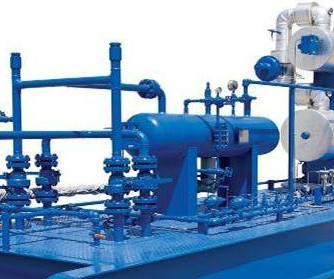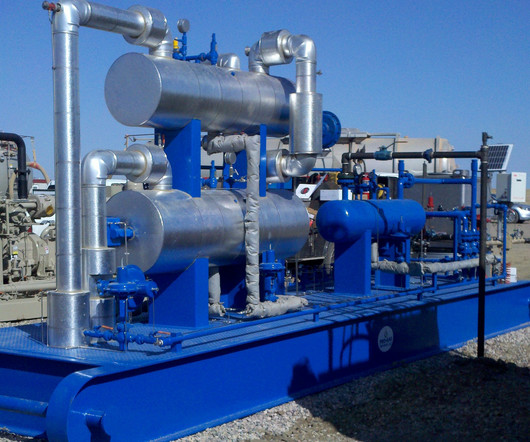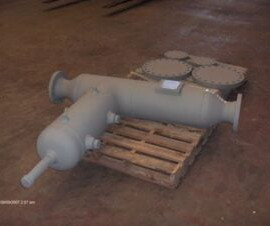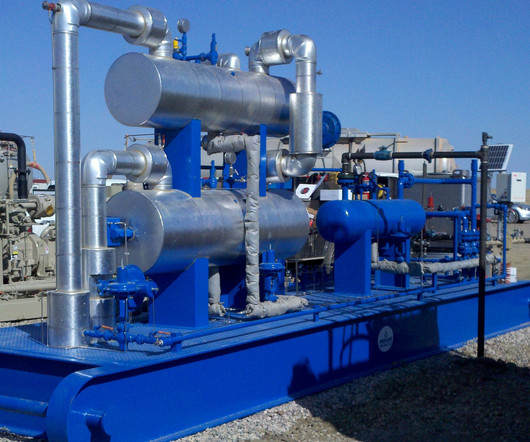Improving Gas Separation Efficiency with Advanced Filter Separators
Pro-Gas Services
JULY 9, 2025
This critical initial step, gas separation, lays the foundation for efficient and safe downstream operations. Instead, it is a complex mixture often saturated with water vapor, entrained liquid hydrocarbons (condensate), and solid particulates like sand, rust, and drilling debris.












Let's personalize your content